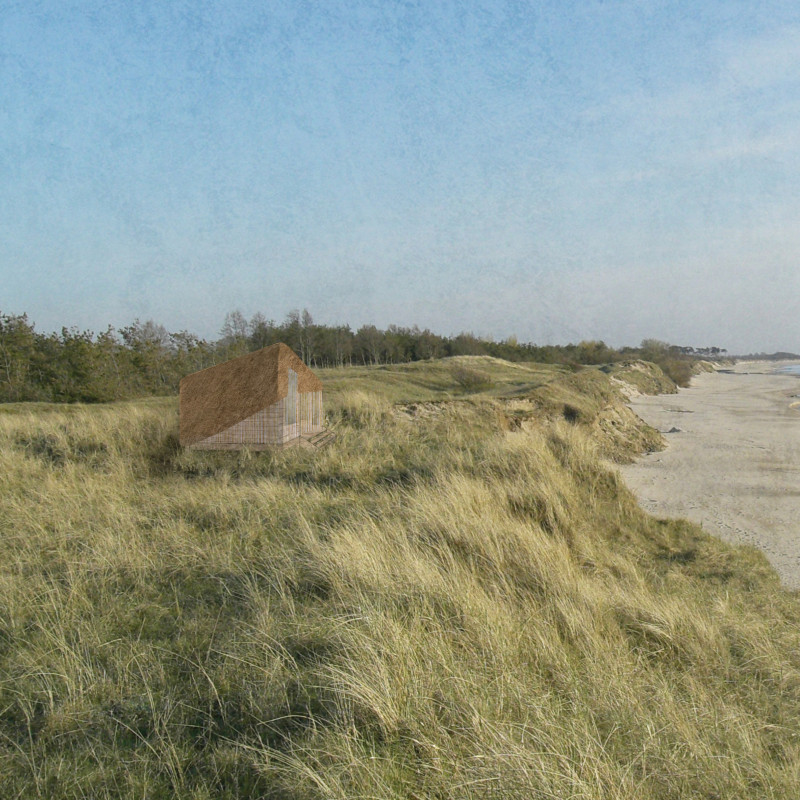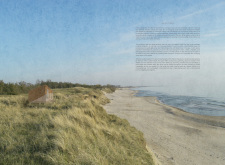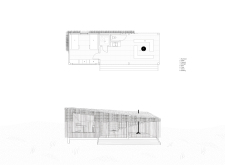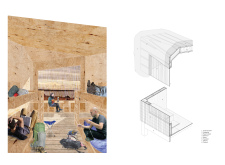5 key facts about this project
At its core, the project represents a commitment to sustainability, with a strong focus on energy efficiency and environmental consciousness. This is achieved through the use of locally sourced materials and sustainable building practices that minimize the ecological footprint. The design carefully considers the local climate, employing passive solar strategies to maximize natural light and ventilation, thus reducing the reliance on artificial heating and cooling systems.
Key elements of the project include its open-concept layout, which facilitates both private and communal experiences. The strategic placement of large windows not only invites abundant sunlight but also frames views of the surrounding landscape, creating a seamless connection between the interior and exterior. This design approach encourages occupants to engage with nature, which is particularly beneficial in urban environments where green spaces are limited.
The building's façade features a combination of wood and glass, which harmonizes with the natural surroundings while providing a modern aesthetic. The use of wood adds warmth to the structure, while the glass components enhance transparency and fluidity, allowing the building to breathe and function as a dynamic space. This juxtaposition of materials reflects a contemporary understanding of architectural design where each element serves a purpose, contributing to the overall harmony of the project.
Noteworthy is the innovative landscaping that envelops the structure. Native plants have been employed to ensure that the outdoor spaces complement the architecture while promoting local biodiversity. This consideration not only enriches the experience for residents but also establishes a mini-ecosystem that can thrive without extensive maintenance or irrigation.
In terms of unique design approaches, the project embraces biophilic design principles, ensuring that nature is an integral part of the living experience. The incorporation of green roofs and vertical gardens not only enhances the aesthetic appeal of the building but also contributes to insulation and stormwater management, thereby exemplifying how architecture can address practical concerns while enriching quality of life.
Additionally, the project emphasizes community integration through shared spaces. Areas designated for gathering foster social interaction among residents, reinforcing a sense of belonging and community spirit. This reflects a broader trend in contemporary architecture where the emphasis is placed not solely on the individual dwelling but also on the social fabric that surrounds it.
For those interested in delving deeper into the complexities of this architectural design, a thorough examination of the architectural plans, sections, and various diagrams can provide further insights into the project's thoughtful execution. Exploring these elements will reveal how the architecture harmonizes with its environment and serves its community, reflecting a well-rounded approach to contemporary design.
This project embodies a refined understanding of the intersection between architecture, functionality, and environmental responsibility. Readers are encouraged to explore the project presentation to discover more details about this innovative and thoughtfully designed architectural endeavor.


























